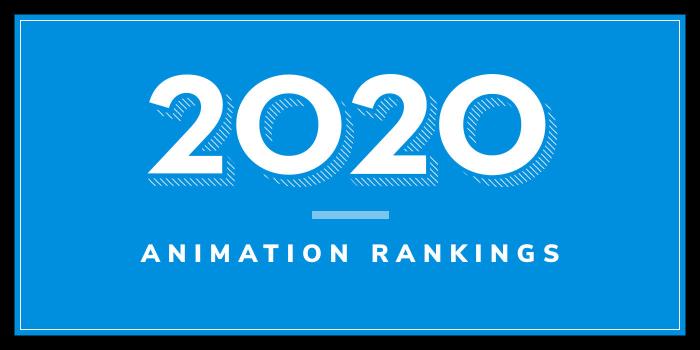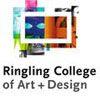Ringling College of Art and Design (RCAD) was established in 1931 by circus baron, art collector, and real estate developer John Ringling. A member of the only global association to serve art and design education research (Cumulus), RCAD opened with just 75 students and 111 course offerings. Today, the school serves more than 1,600 students enrolled in 13 BA and BFA degree programs and nine minors. Computer Animation, Film, Game Art, Illustration, and Virtual Reality Development are just a few degree options.
RCAD programs offer a rigorous curriculum, which combines studio and liberal arts, with client projects, substantive internships, and national competitions. The Computer Animation program is one of the most popular programs at the school, accounting for around 20% of the student population. Established in 1990, the BFA in Computer Animation allows students to do it all. Students learn to create characters and tell their stories, as well as design, paint, model, texture, animate, light, composite, and edit original films. The program also focuses on teaching students how to combine essential technical skills with conceptually original ideas that affect an audience emotionally, visually, and intellectually.
Course highlights include Computer Animation I-VI, Development of Art & Ideas, Drawing I-II, Figure Drawing I-II, Film & Narrative, Story Development I-III, Traditional Animation I-II, Visual Development for Computer Animation I-II, and Writing Studio. Students can expect to intern at major studios such as DreamWorks Animation, Pixar, Blue Sky Studios, and Walt Disney Animation Studios, to name a few.
A BFA in Motion Design is also available. Students in the program study animation, concept design, storyboard art, videography, composition, sound design, and art direction. Course highlights include Animation, Animation Techniques, Contemporary Design Culture, Development of Art and Ideas, Drawing and 2D Design, Drawing and 3D Design, 4D Design, Motion Design, Professional Writing for Designers, and Writing Studio.
Students in the program will have the opportunity to work across many different fields with students of other majors and with actual professional clients.
RCAD graduates have worked on every Oscar-winning animated feature since 2003, with 14 alumni working on 2016 Oscar winner Inside Out and 21 working on 2017 Oscar winner Zootopia. Alumni have also worked on 49 of the 50 top grossing animated feature films of all time, including recent films such as Frozen, Ferdinand, Coco, and The Boss Baby, and Big Hero 6. Graduates have also gone on to work at Blue Sky Studios, Cartoon Network, DreamWorks Animation, Electronic Arts, Lucasfilm, Blizzard Entertainment, Nickelodeon, Pixar, Sony Pictures Imageworks, Walt Disney Animation Studios, Sony Pictures Imageworks, and many others.












